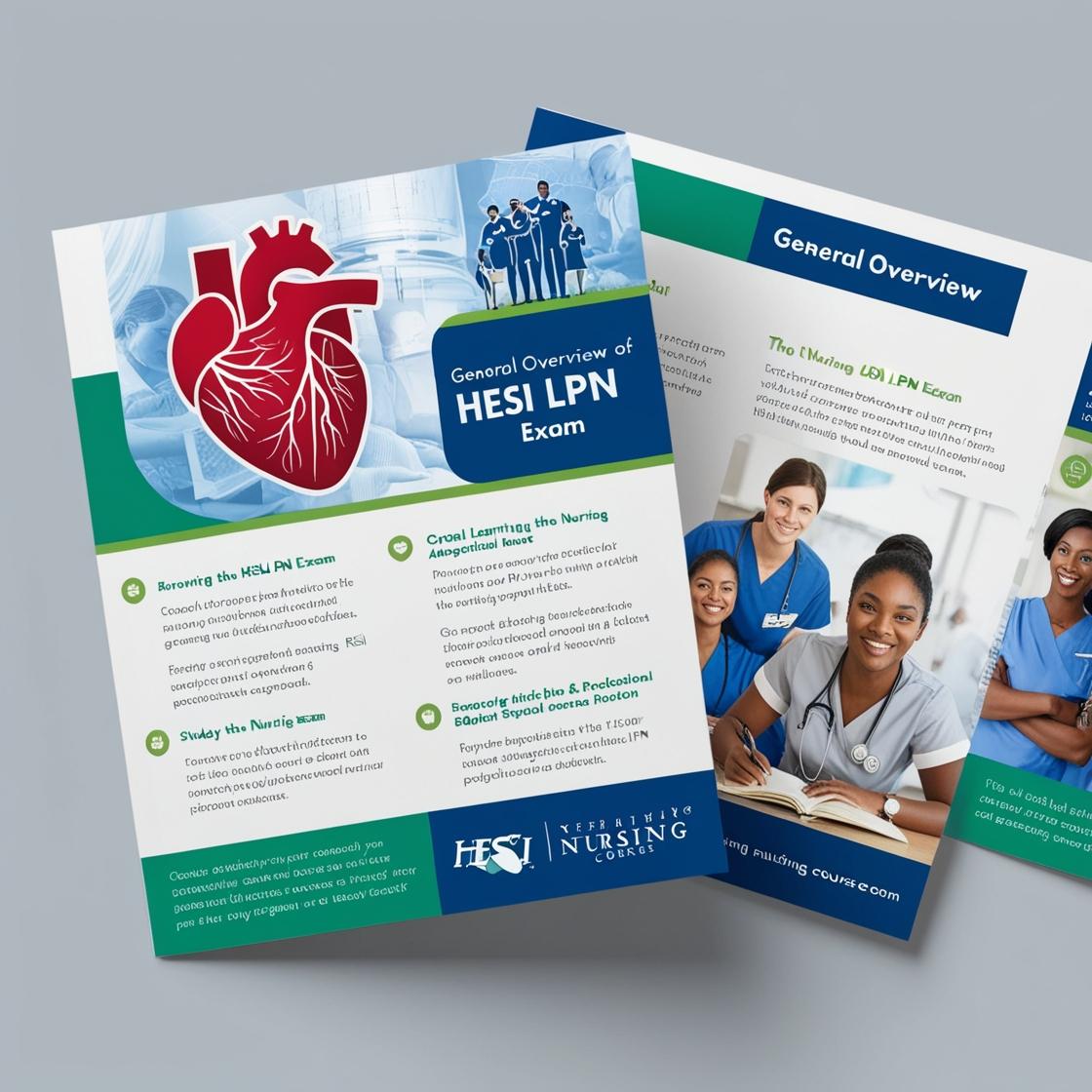HESI LPN
Adult Health Exam 1
1. The nurse is assessing a client who has just received a blood transfusion. The client reports chills and back pain. What is the nurse's priority action?
- A. Slow the rate of transfusion.
- B. Administer an antipyretic.
- C. Stop the transfusion immediately.
- D. Notify the healthcare provider.
Correct answer: C
Rationale: The correct answer is C: Stop the transfusion immediately. Chills and back pain are indicative of a possible transfusion reaction, which is a critical situation. Stopping the transfusion is crucial to prevent further complications and ensure the client's safety. Slowing the rate of transfusion (Choice A) is not sufficient in this case as immediate action is required. Administering an antipyretic (Choice B) may help with fever but does not address the potential severe reaction. Notifying the healthcare provider (Choice D) can be done after stopping the transfusion, but the priority is to halt the infusion to prevent harm.
2. The nurse observes a client with new-onset tachycardia. What should the nurse do first?
- A. Check for the client's temperature
- B. Administer prescribed beta-blockers
- C. Assess for any chest pain or discomfort
- D. Monitor the client's blood pressure
Correct answer: C
Rationale: When a client presents with new-onset tachycardia, the first action the nurse should take is to assess for any associated symptoms like chest pain or discomfort. This is important to differentiate the potential causes of tachycardia and guide appropriate interventions. Checking the client's temperature (Choice A) may be relevant in certain situations but is not the priority when tachycardia is observed. Administering prescribed beta-blockers (Choice B) should only be done after a comprehensive assessment and healthcare provider's orders. Monitoring the client's blood pressure (Choice D) is important, but assessing for chest pain or discomfort takes precedence in this scenario to rule out cardiac causes of tachycardia.
3. 4 hours after administration of 20U of regular insulin, the client becomes shaky and diaphoretic. What action should the nurse take?
- A. Encourage the client to eat crackers and milk
- B. Administer a PRN dose of 10U of regular insulin
- C. Give the client crackers and milk
- D. Record the client's reaction in the diabetic flow sheet
Correct answer: C
Rationale: The correct action for the nurse to take when a client becomes shaky and diaphoretic after insulin administration, indicating hypoglycemia, is to provide the client with carbohydrates like crackers and milk. Carbohydrates help raise blood glucose levels quickly. Encouraging the client to eat crackers and milk (Choice A) is the appropriate immediate action to address the hypoglycemia. Administering more insulin (Choice B) would worsen hypoglycemia, and recording the reaction (Choice D) is important but not the immediate action needed to treat the hypoglycemia.
4. A client is admitted with Atrial Fibrillation and is administered amiodarone (Cordarone). What therapeutic response should the nurse anticipate?
- A. Conversion of irregular heart rate to regular heart rhythm
- B. Pulse oximetry readings within normal range during activity
- C. Peripheral pulse points with adequate capillary refill
- D. Increase in exercise tolerance without shortness of breath
Correct answer: A
Rationale: The correct answer is A: Conversion of irregular heart rate to regular heart rhythm. Amiodarone is a medication commonly used to restore and maintain normal heart rhythm in clients with atrial fibrillation. It works by slowing down the electrical signals in the heart, helping to regulate the heartbeat. Choices B, C, and D are incorrect because they do not directly relate to the therapeutic response expected from administering amiodarone in a client with atrial fibrillation. Pulse oximetry readings, peripheral pulses, capillary refill, and exercise tolerance are important assessments but are not the primary therapeutic goal of using amiodarone in this situation.
5. A client reports pain after medication administration. What is the next best step for the nurse?
- A. Reassess the client’s pain
- B. Increase the pain medication dose
- C. Apply a cold compress
- D. Contact the healthcare provider
Correct answer: A
Rationale: The correct answer is to reassess the client’s pain. Reassessment is essential to evaluate the effectiveness of the initial intervention. By reassessing, the nurse can determine if the current pain management plan is adequate or if further interventions are required. Increasing the pain medication dose without reassessment can lead to overmedication and potential adverse effects. Applying a cold compress may not address the underlying cause of the pain and should be based on a proper assessment. Contacting the healthcare provider should be considered if the reassessment indicates a need for further evaluation or intervention beyond the nurse's scope of practice.
Similar Questions

Access More Features
HESI LPN Basic
$69.99/ 30 days
- 50,000 Questions with answers
- All HESI courses Coverage
- 30 days access @ $69.99
HESI LPN Premium
$149.99/ 90 days
- 50,000 Questions with answers
- All HESI courses Coverage
- 30 days access @ $149.99
